The “acquisition strategy” driving fashion toward gaming
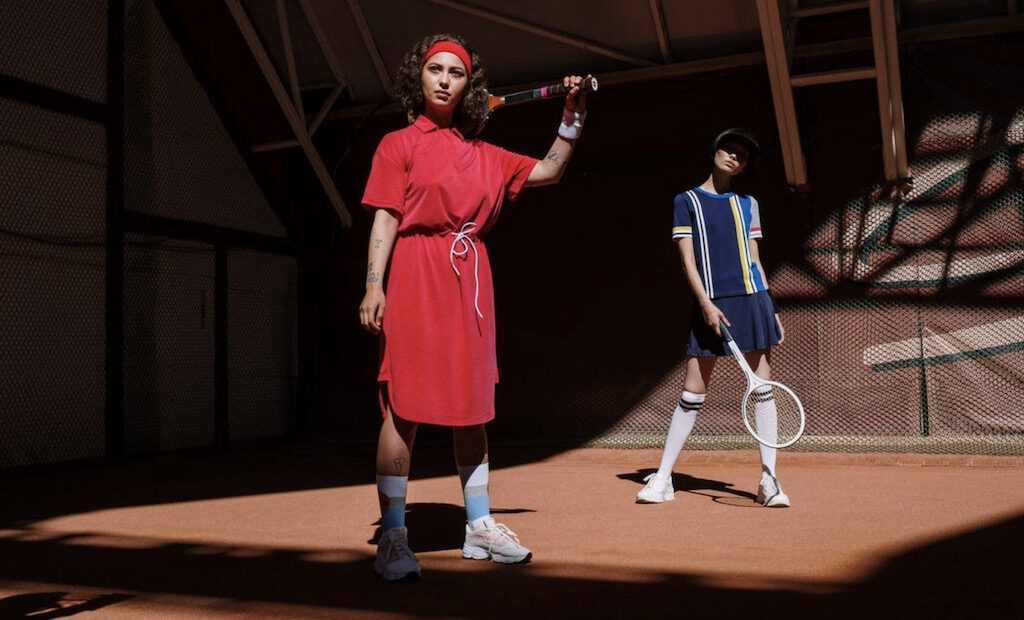
The world of digital marketing frequently gives rise to new – and in some cases – incredibly unlikely couplings. As brands seek to move in on industries and trends that seem, for brief or extended periods of time, to single handedly drive the world wide web as a whole in a new direction. An increasing number of creatives are devising novel new ways to pair one product or service with another.
To that end, the world of gaming has seen its fair share of innovative collaborations, particularly over recent years, as the sway it holds over some of the web’s most valuable markets seems to increase exponentially with each passing month.
To name just a few, Gucci teamed up game developer Wildlife to create a line of luxury tennis clothes evocative of the designer fashion house. Wendy’s and Uber Eats joined forces with gamer streaming platform Twitch back in December of last year and Louis Vuitton created a partnership with Riot Games’ League of Legends back in 2019.
Despite a few anomalies which typically link gaming to the fast-food industry, known worldwide for its ability to pair well with a night spent gaming, it seems that fashion – or more specifically, luxury fashion – is already head and shoulders above other industries in terms of the creative alliances it is forming with some of the biggest Triple-A developers out there.
Burberry, Moschino, Karl Lagerfeld and Uniqlo are all among those who have tossed their very fancy hats into the gaming ring. Gucci is perhaps stealing pole position, having formed collaborations with multiple games and created their own Gucci Arcade, which can be found within the fashion house’s dedicated app.
So, what is driving luxury fashion into the hands of gaming and how can it benefit them going forward?
Gaming’s incredible rise to influence
The past few years have seen more progress in the gaming world than ever before and now it holds a great deal of sway over not only its global pool of players, but over film, television, music, art, fashion and largely any creative industry operating today.
It has shown time and time again its propensity to rise to the very forefront of thought. Heavily inspired by or adaptations of some of the most popular video game franchises.
We have seen makeup brands release collections in collaboration with some of the biggest developers, as streaming sites like Twitch give rise to a new and more diverse pool of creators, thus opening new niche marketing opportunities for an incredibly wide and exciting variety of brands.
The acquisition strategy driving fashion in a new direction
Whether they design their own line of virtual clothing – a trend that is emerging not only within gaming circles, but on social media in general, as more people want to “wear” designer brands without the price tag – or work alongside an influential game developer to create their own title, it would appear that recent years have presented a seemingly endless gamut of opportunities to the world’s most beloved fashion houses.
This is a very novel example of an acquisition strategy in marketing, wherein a brand attempts to assert themselves within a new and as-of-yet unexplored audience or market.
For many years, the world of gaming existed as a relatively closed ecosystem. The stereotypes many held about “gamers” seemed to endure and those who did not fit that stereotype – even those who partook in a little casual gaming on mobile phones – did not consider themselves to be a part of that ecosystem.
Now, however, with the continued creativity of developers around the world, the walls have been broken down and more than just a small few brands, products and services appeal to the gamers of the world. In this way, brands and entire industries that may once have seen endlessly different to gaming can find their own place in which to thrive and appeal to new prospects and they can wield the incredible creativity of the gaming industry as they do so.
The editorial unit






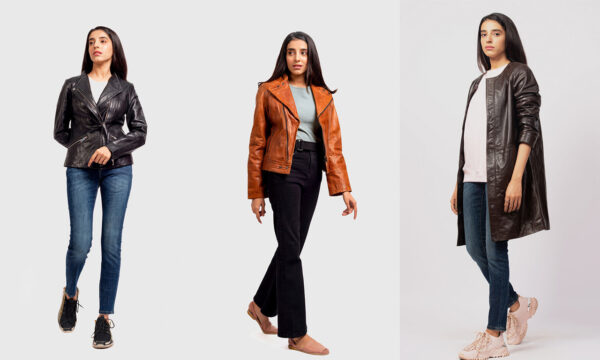



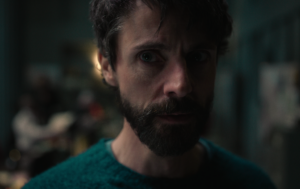
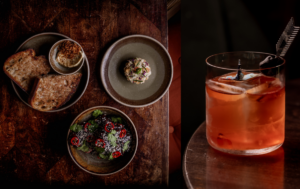

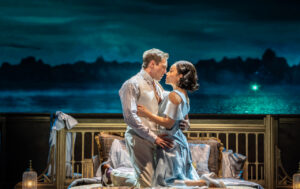
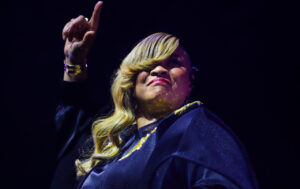









Facebook
Twitter
Instagram
YouTube
RSS